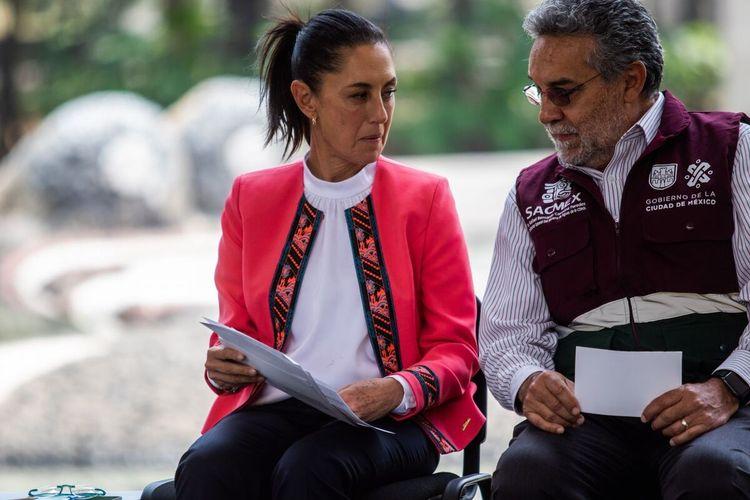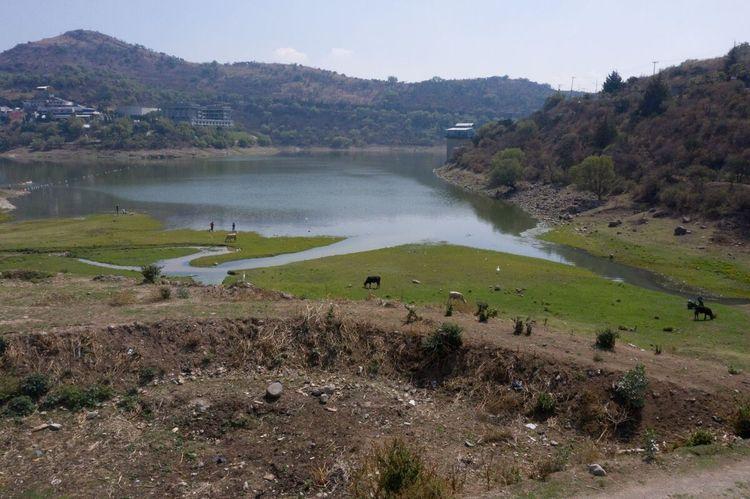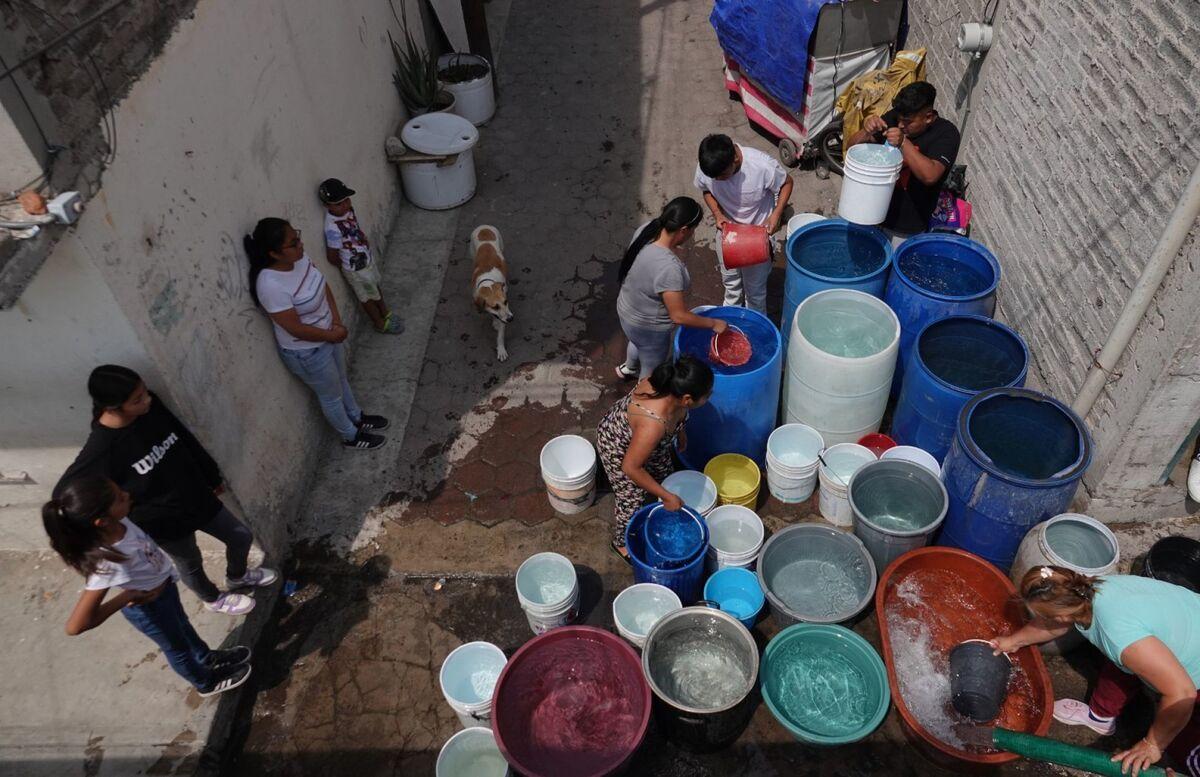Days before leaving her position as head of government, Claudia Sheinbaum promised to bring more water to Mexico City through new sources of supply. During the presentation of the Water Supply Actions, he said that more water would arrive from the State of Mexico (Lerma and Zumpango) and from Michoacán and that this would happen in 2023. But according to experts, turning Sheinbaum's promises into reality isn't that simple.
“So, to say that we are not finished, that this year new sources of water are going to enter to address even more the problems that we have not yet solved,” said the then president at the event.
One of the plans he detailed was that the capital's government, together with the National Water Commission (Conagua), is working in Michoacán to increase around 600 liters per second, in addition to benefiting communities in Zitácuaro.
Although the announcement was made in 2022, the project is not included in Mexico City's 2023 Expenditure Budget Project, since it was only made official last March.
Sheinbaum also said that from the Zumpango area, State of Mexico, an additional 300 to 350 liters per second will enter the City. As well as the arrival of 250 liters per second from the Madín dam, in Atizapán, State of Mexico, through the water treatment plant that is under construction, announced in 2021. However, neither of these two projects has reported progress in Mexico City's government reports, so their progress is unknown, except that their resources come from the Conagua 1928 Administration and Payment Source Trust.
Two months after the presentation in which these actions were reviewed, specialists see the plans as not feasible.
“These are very expensive and very complex projects that require a lot of planning,” José Luis Luege, former head of Conagua, said in an interview.

Claudia Sheibaum at the presentation of Water Supply Actions in Mexico City held in Cárcamo de Chapultepec. Photo: Victoria Valtierra Ruvalcaba/cuartoscuro.com
An unrealized water project
In addition to increasing sources, during the presentation of actions, Claudia Sheinbaum recalled that the Lake Tláhuac-Xico project exists together with the Autonomous Metropolitan University (UAM).
“A very innovative project that is the Xico Valley, where through wetlands, we hope to also be able to incorporate around another 700 liters per second that will actually be by next year,” explained the still head of government.
This project proposes the sanitation and purification of water using a natural scheme, instead of drinking water treatment plants. And although it has been presented as an innovative project, it had already been considered since 2010. The proposal is not current nor is it specific to the Sheinbaum government.
“In addition to (the wetland project), it is necessary to build treatment plants to treat all the water that comes from Chalco, the La Compañía River, the San Javier River and all those communities in order to have biological treatment. This would take 3 or 4 years and are costly,” explained the former head of Conagua, José Luis Luege, about the feasibility and needs of the project.
According to the capital's government, it is estimated that the cost would be 4 billion pesos, which will be financed by the Metropolitan Water System Fund of Mexico City (Sacmex), managed by the 1928 Trust, made up of federal resources.
However, Jean Ealine Burns, Deputy Director General of Administration of Conagua, acknowledged during the announcement of this project that it was just being placed to obtain funding.
“But the project will be ready in case any large project that has a lot of federal resources fails to carry out, the project will be there with everything ready,” he explained during his participation in the presentation made in August of last year.
Therefore, the executive project had only been initiated so that as soon as a resource was identified, it would be possible to start the tender and construction. Therefore, the lack of a stable budget makes it impossible to start the works.
Causa Natura Media contacted Conagua and Sacmex to learn about the progress of this project, but at press time there was no response.

View of the Madín Dam in Atizapán, State of Mexico. Photo: Mario Jasso/cuartoscuro.com
Leaks: the lost water
Water projects also face a problem that remains out of the conversation: water leaks due to the deterioration of infrastructure in Mexico City.
Given this, since 2019, the Sheinbaum government reported an increase in the number of brigades for the detection and repair of leaks from 75 to 150, which only reduced lost flow by 2.0% and a recovery of 10% of the supply that year.
However, specialists such as Luege say that around half of the water is being lost in the primary and secondary network and in household or private leaks.
“We need one or two new sources of supply and at the same time the repair of the leaks... Large investments are required because it has been abandoned for a long time, there has not been adequate maintenance, there have not been the necessary investments and the state of the hydraulic infrastructure is poor,” said the former director of Conagua.
For their part, measures are also proposed such as maintaining green and wooded areas, mainly in the south of the capital, because of their value as a recharge area for aquifers. At the same time, the participation of the populations of both Mexico City and those in the metropolitan area that could be impacted by the projects is included.
As is the case with residents of Atizapán, who have opposed sending water from the Madín Dam to Mexico City because of the scarcity that they also live in the municipality.
*With information from Frasua Esquerra.
*This content was produced with the support of the Institute for War And Peace Reporting and mentoring from Animal Político, within the framework of the Mexican Journalism Resiliency program.



Comentarios (0)